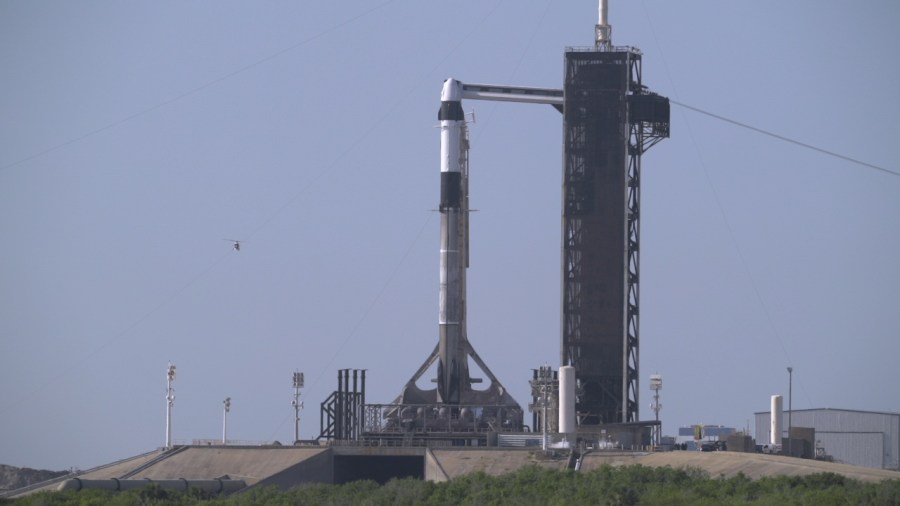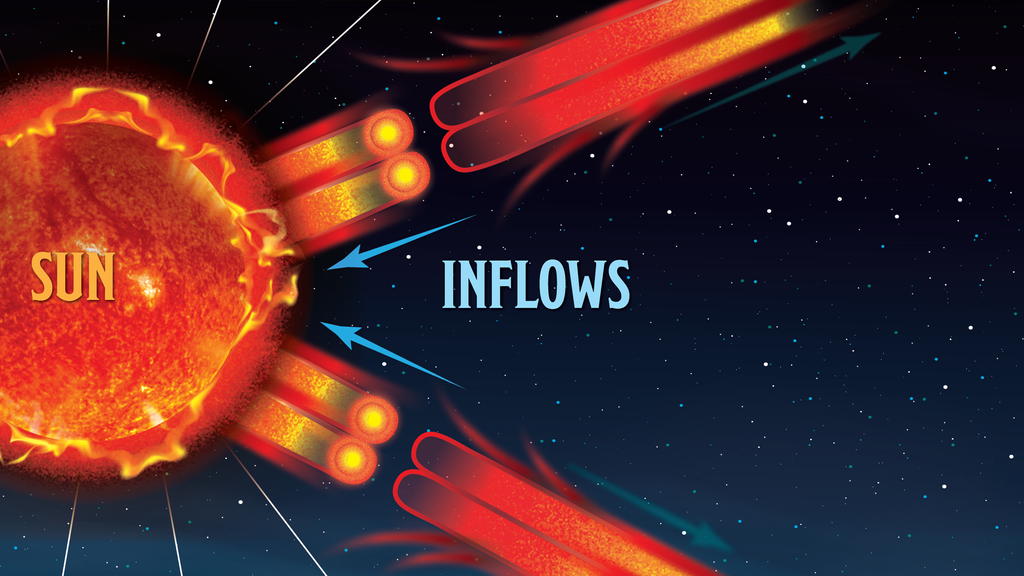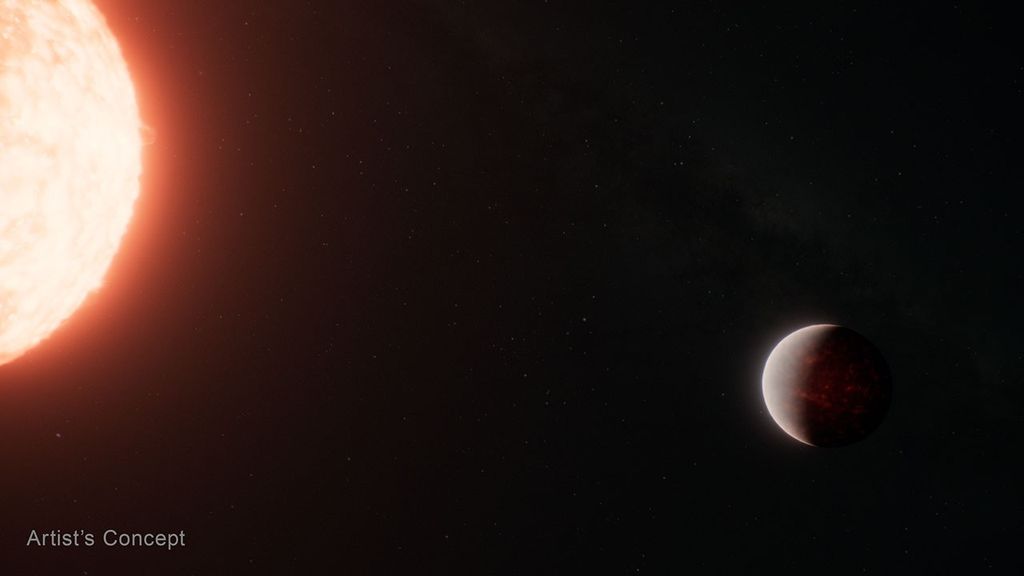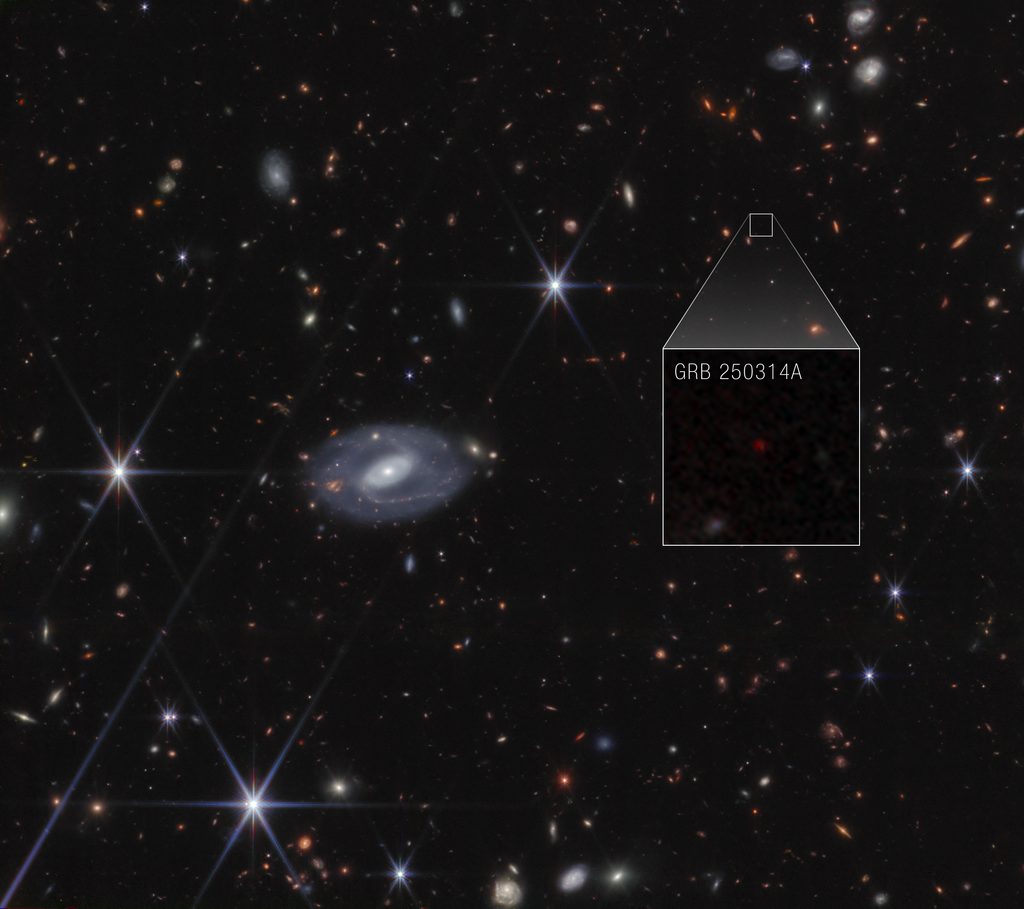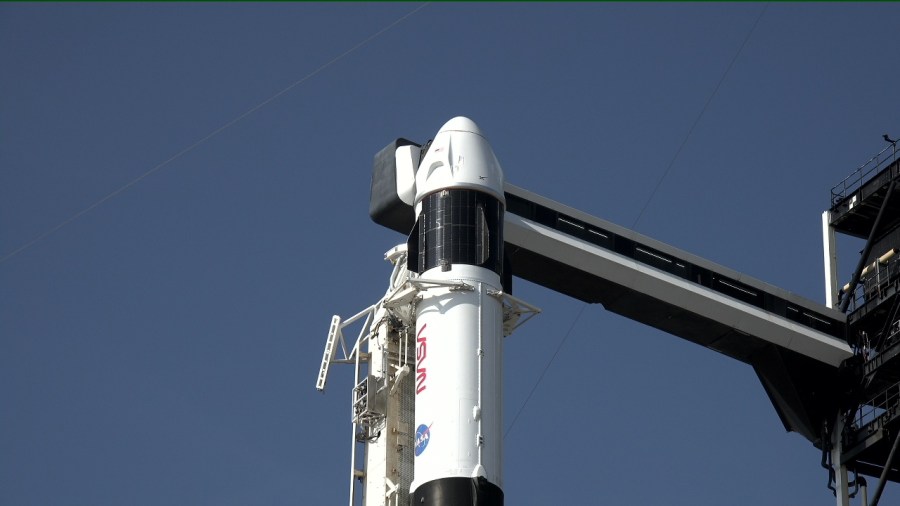The confirmation that the Dragon crew spacecraft is “go” for launch just came through for NASA’s SpaceX Crew-11 mission. In just a few minutes, the SpaceX Falcon 9 rocket’s first stage will be loaded with rocket grade kerosene, called RP-1, and liquid oxygen. Then, the second stage will be loaded with liquid oxygen.
Dragon is ‘Go’ for Launch; Falcon 9 Fueling Underway
